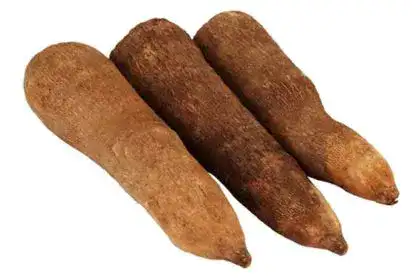In the below article, there are all kinds of information about Hibiscus that you should know. Like – Hibiscus in Marathi Name, its nutrients, cost, benefits, and many more.
Any colorful flowers will take the smile away from anyone who glances at it for too long. Hibiscus is one of the many colorful flowers that can make any garden perfect. The history behind the Hibiscus dates back centuries for its medicinal and decorative purposes. The extracts from the Hibiscus have been used in making teas and supplements. The outer appearance of the Hibiscus is another exceptional quality that makes the flower attractive to so many people.
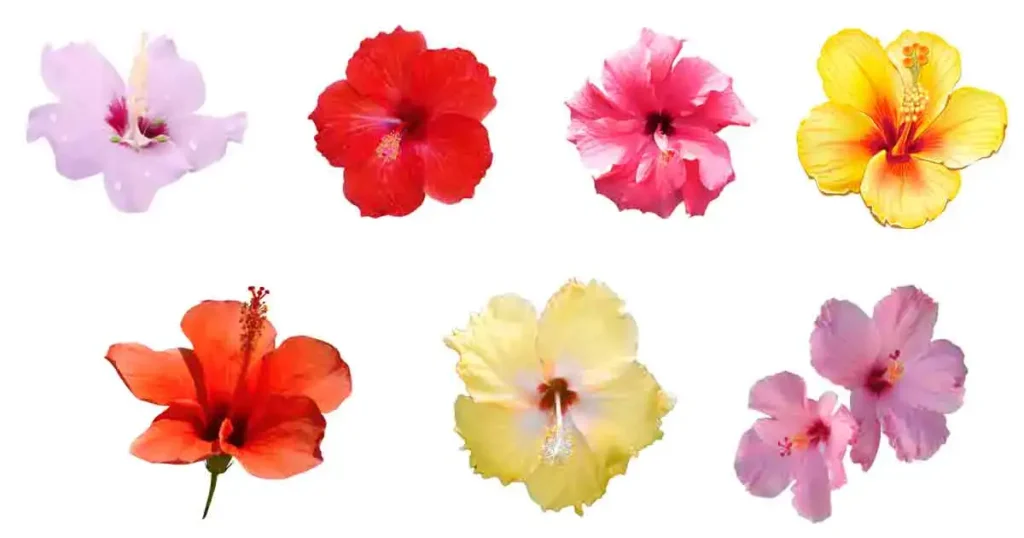
This article will delve into both sides of the Hibiscus, so you will get how colorful they are and what benefits you can get from them. The medicinal aspect of Hibiscus has been written in great lengths. So far, the usage of Hibiscus has been very effective against one of the common symptoms in many terminal diseases.
Hibiscus scientific breakdown
Hibiscus or Hibiscus sabdariffa, also known as roselle, is a plant native to India and some parts of Malaysia. They have plenty of names in the local communities, but its English name is vastly understood by anyone in the business of dealing with Hibiscus. Like any flower, Hibiscus is no different; in the market, you will find hundreds of types of Hibiscus.
| English Name | Hibiscus |
| Marathi Name | Jaswandi |
| Type | Flower |
| Class | Magnoliopsida |
| The Family | Malvaceae |
| Available Color | Red, Pink, Yellow, White, and many more |
Each one of them will have its price point and unique features. But looking at the standard type of Hibiscus, it all points to Hibiscus sabdariffa. So what makes this variant different or more common than the others? The red stems and wide yellow flowers can turn pink and red.
The blend of color is what makes Hibiscus very attractive to people. The range it can go is Hibiscus sabdariffa, one of the popular types of Hibiscus in the market.
Hibiscus in Marathi name
Hibiscus in Marathi is also known as the Jaswand flower, and there are over 200 species of Jaswandi flowers worldwide. Hibiscus in Marathi has many meanings; it is significant for the Hindu culture. The flower is used to worship one of the Hindu gods named Ganesha. During the Ganesh ceremony, the demand for Hibiscus flowers rises. The need for red jaswand flowers is in demand during Ganesh chaturthi.
The medicinal properties of Hibiscus do play a significant role in Hindu culture. There are traditional remedies surrounding Hibiscus and its meaning to the body and mind. In short, Hibiscus in Marathi has a more significant meaning than just its surface value.
Research may be lacking in finding out more about Hibiscus usage in terminal diseases but in many cultures. Here you will find some of the basic Hibiscus flower information in Marathi. Hibiscus does have a hidden sacred meaning to the culture that has been using the flower for various reasons. Some of these date back centuries with the traditional usage of Hibiscus in sacred rituals.
Even in our current dates, Hibiscus does play a significant role in many Hindu traditions, and the popularity of the Hibiscus kept up.
Hibiscus Nutrients
Hibiscus nutrients are another highlight of the plant. The raw version of the Hibiscus has the following:
- Carbohydrates
- Calcium
- Potassium
- Vitamin C
- Vitamin B
- Magnesium
The medicinal aspect of Hibiscus comes from the number of nutrients it has inside. The bioactive compounds are what make the Hibiscus more powerful in medicinal usage. The story doesn’t end; it also has other elements that tackle other problems that come with diseases.
It also has the following:
- Flavonoids
- Phenolic Acids
- Organic Acids
Many of the compounds are antioxidants, which do an excellent job of protecting the body from molecules called free radicals. More free radicals can lead to cellular damage in the body’s oxidative stress. More oxidative stress will lead to high blood pressure, cancers, diabetes, and heart disease.
The antioxidant properties of Hibiscus are very notable and famous. However, the lack of research into Hibiscus has led to the rise of skepticism. Some of the major compounds of Hibiscus might not function the same in humans. More research needs to be done on this topic to find out more about them. The antioxidant activity in Hibiscus might provide benefits, but none are based on solid research. More research must be done on Hibiscus to find every tiny detail about them.
Benefits of Hibiscus
We now know how big the market is for Hibiscus and why it is becoming more popular every day. Now we will have to focus on the sheer number of benefits of Hibiscus. The antioxidant properties of Hibiscus are prevalent, and although the research on Hibiscus is lacking in depth, there are examples of Hibiscus working in people. This section will cover the range of benefits that come from Hibiscus.
1. Dealing with Blood pressure
Hibiscus supplements and beverages can lead to lowering blood pressure. The study conducted here took in 46 adults with high blood pressure. The report showed that adults drinking 2 cups of Hibiscus tea for one month combined with dietary changes led to lower blood pressure. The extracts from Hibiscus are an effective pharmaceutical medication for high blood pressure.
Again lack of research has led to fewer innovations with the Hibiscus. In the future, we might see more effects from Hibiscus helping people who suffer from blood pressure.
2. Dealing with Obesity
Hibiscus might help people who are dealing with weight-related issues. The research done on animals showed Hibiscus extracts might prevent fat cells from gathering. Complications arise from obesity that will create plenty of damage to the body. Research in animals will lead to preventing fat cells that can help with insulin resistance.
Another aspect of Hibiscus is fiber, which may help lower weight gain. The study on rats showed adding Hibiscus will lead to reduced body weight, body fat, and pro-inflammatory compounds in fat tissues. A study on humans needs to be included here. The full potential of Hibiscus on its effect on obesity is unknown.
3. Dealing with Metabolic syndrome
The syndrome covers high blood pressure, high blood triglycerides, HDL cholesterol levels, and excessive body fat. Having any of the syndromes will lead your body to develop conditions such as diabetes and heart disease.
In a study conducted with 16 women with metabolic syndrome, they all took Hibiscus powder daily for four weeks straight. The research showed a decrease in blood triglycerides and systolic blood pressure.
Hibiscus might help with the metabolic system, especially with blood sugar issues. More research needs to be done on the topic to find out more about them.
4. Dealing with Cancer
The antioxidant compound is what makes Hibiscus a potent substance against cancer. A study done in a test tube suggests Hibiscus extracts might inhibit enzymes related to prostate cancer development and melanoma cells.
Hibiscus may enhance the effect of chemotherapy treatment. More research is needed to get the full potential of the effect of Hibiscus.
references- healthline.com
Types of Hibiscus
If you are doing a garden makeover, here are a couple of Hibiscus types that will enhance the visual appearance of the garden. While there are over a hundred different types of Hibiscus, we will focus on some popular ones you can set up for your garden or indoor natural settings.
1. Anne Arundel
It is known as rose mallow Hibiscus, and the bright pink blossom highlights Anne Arundel. It can grow several feet high and take up considerable garden space. Anne Arundel thrives on sun rays; placing them far away from the sun is not a good idea. You will need to place them where the plant can access the sun.
2. Blue Bird
This type of Hibiscus is a large blossom and carries blue shades. Compared to other Hibiscus, the Bluebird is one of the unique stunning flowers. Some people might argue with you about the color of the Bluebird; some see the color blue rather than purple, and vice versa. The petals have the ombre effect, and the center is darker than the rest of the flower.
3. Ardene
The petals are purpose close to the iliac, and the other highlight of this type of Hibiscus is the fluffy appearance mixed with layered petals and ruffled edges. Ardenas can thrive on any soil. As long as they get enough sunlight, they will stay resilient.
4. Black Rainbow
Black rainbow is very popular and very rare at the same time. They prefer to grow in tropical regions where they prefer the warm, humid environment. You can recreate the same conditions inside the greenhouse. They can grow up to 6 to 8 inches and are easily visible against green foliage.
5. Blue River
The flowers here are massive and as large as the dinner plate. The soft white-cream color is what makes them very appealing in the garden. The blossoms will grow more prominent as time goes on. The more effort the owner puts into the Blue River Hibiscus, the larger it will grow.
6. Chasing Rainbows
Chasing rainbows are very colorful and vibrant. The bright orange and dark shades of pink make these flowers popular. Some come in shades of cream with different accents around the petals. If you are looking for Hibiscus with various colors to strike out your garden, then chasing a rainbow is a perfect choice.
7. Cosmic Dancer
This exotic-looking flower can make any garden look too good to be true. The massive petals with elongated style are what make cosmic dancers very attractive. The petals here often have a deep shade of red, pink, and orange with a yellow accent around the edge.
8. Cheeky Point
They are known for their gorgeous appearance; the hot pink with orange accents creates an exotic look. Some people might confuse cheeky points as artificial, but the arrangement of the petals is unique. To grow them, you will need to invest in water and sunlight.
Many other types of Hibiscus can make your garden look and feel different than before. Not all are the same; some have unique color designs and petal accents that give a striking visual appearance. The sheer number of options makes Hibiscus appealing to people who want to redo their garden or add some natural color.
references- allaboutgardening.com
Price of Hibiscus in Marathi areas
Any colorful plant with a history of medical practices will cost differently than your average plant. Hibiscus is no different; the cost of these flowers can be summed in the bracket of 200 to 800 rupees. Some of the common Hibiscus can be found for under 100 rupees a piece.
It all depends on the type of Hibiscus and where you purchase it. Even popular e-commerce websites sell Hibiscus for less than 100 to 150 rupees. If you hit the local market, you might get the standard variants of Hibiscus for a lower price. Some of them do go out for 50 rupees a piece.
Look for discounts and coupons to get the overall price down of the Hibiscus. If you want to get a bunch of them, the price will go down. Many websites and local markets provide discounts on bulk orders.
Some hibiscus photos
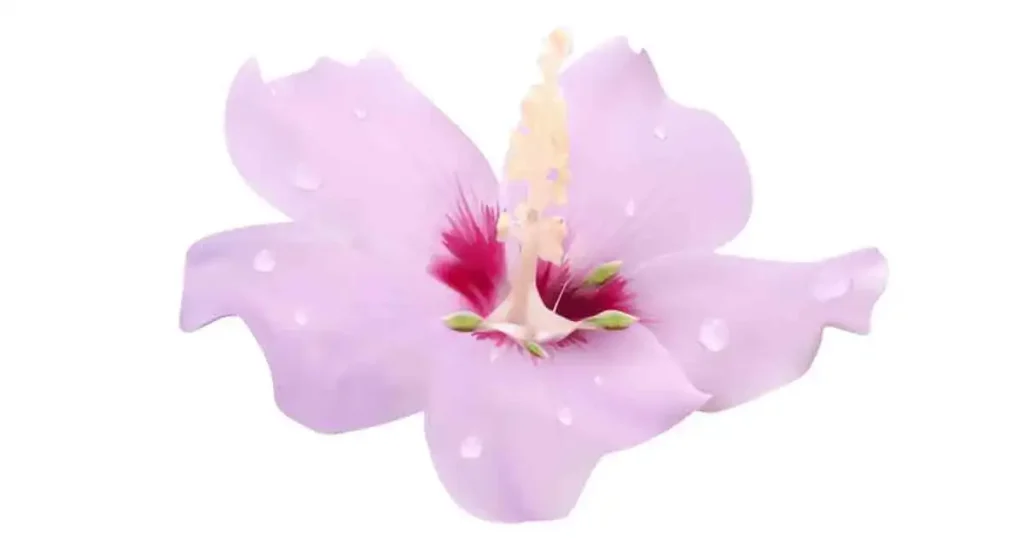

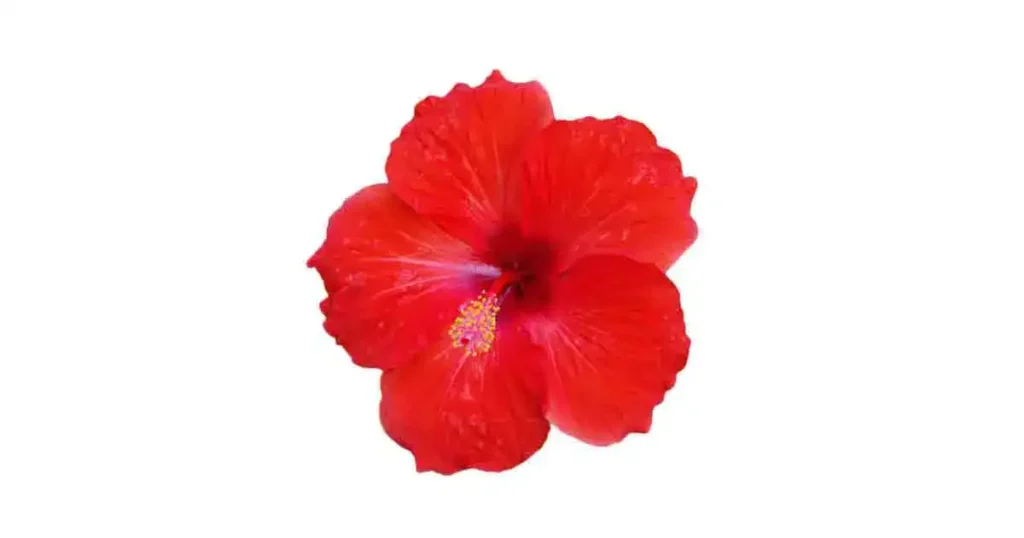
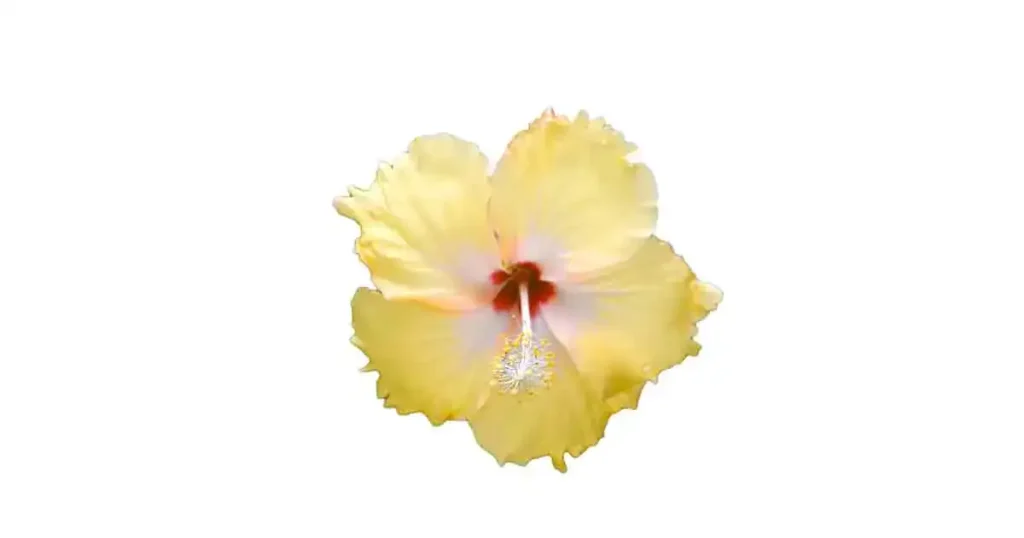
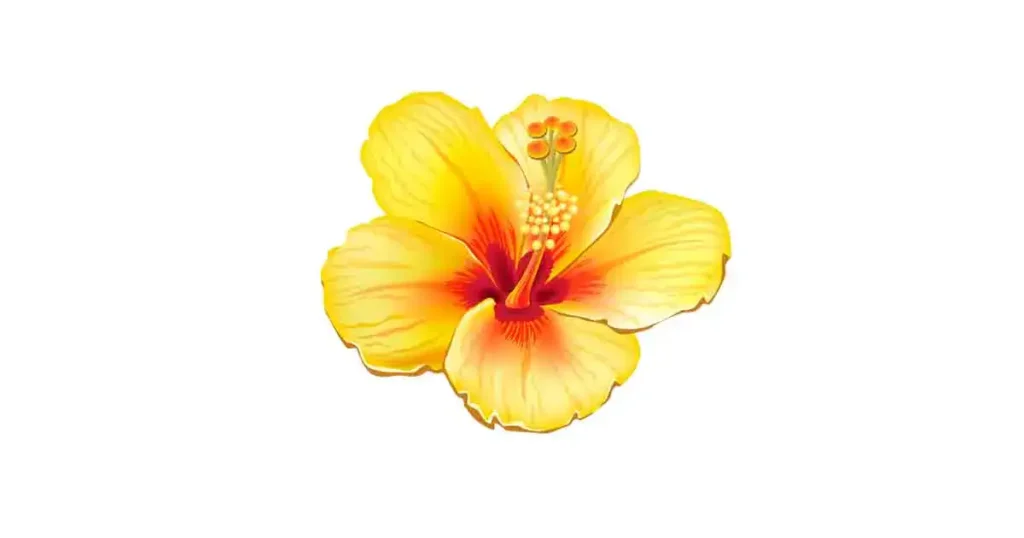
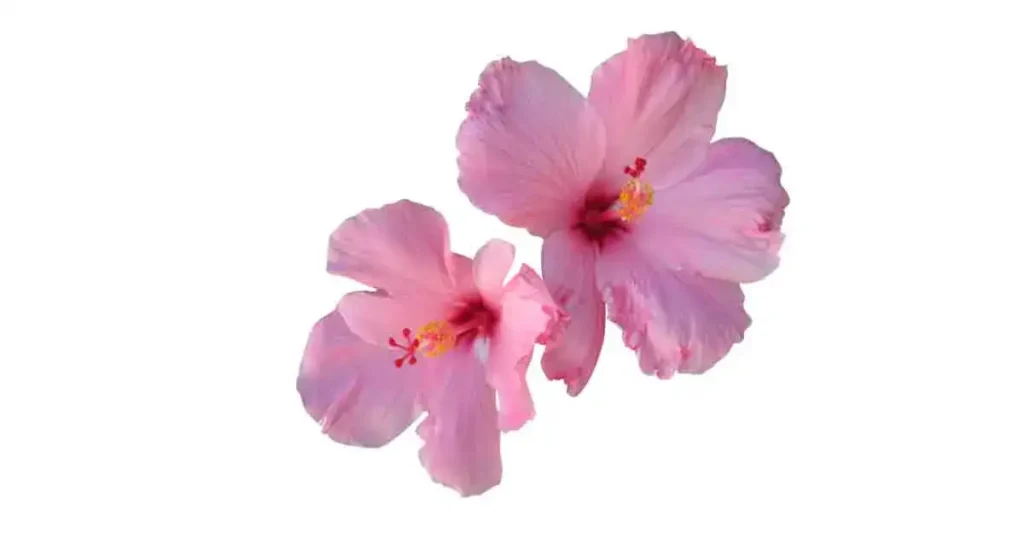
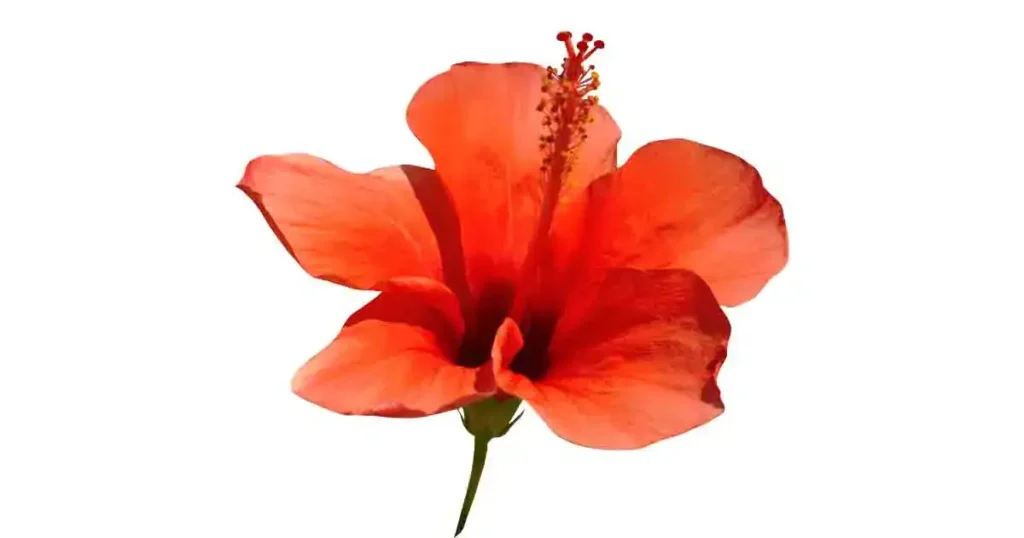
FAQ
Where does it grow?
Hibiscus prefers a tropical climate; it will grow well in regions such as China, Thailand, Sudan, Nigeria, and Mexico. The value of the Hibiscus comes from its productive value, flowers, seeds, and leaves; stems are used for medicinal and cosmetic purposes. Flowers are becoming very profitable in the market.
How much does Hibiscus cost in india?
If you hit the local market, you can get the Hibiscus for under 50 to 100 rupees. The online market also has Hibiscus listed under 150 to 300 rupees. You can find the expensive Hibiscus variants; the prices can quickly go up to 800 radars even more. The demand for Hibiscus is very high, as explained in the article. The medicinal and aesthetic reasons are what make Hibiscus very appealing.
Should you get Hibiscus for your garden?
The variety of Hibiscus makes it a popular variant flower in the market. Many people who want to change their garden can get Hibiscus to give an overall colorful theme. The Hibiscus types will add their unique color set to the overall appearance. They can also be great for the interior of the house. If you want to add some colorful theme to the house’s interior, Hibiscus certainly can accomplish that.
What is Hibiscus called in Marathi?
Hibiscus in Marathi is known as Jaswandi, and information about the Hibiscus flower in Marathi is well-researched. Hibiscus plays a significant role in the Marathi culture and holds the sacred meaning of the Hindu traditional religious festivity.

